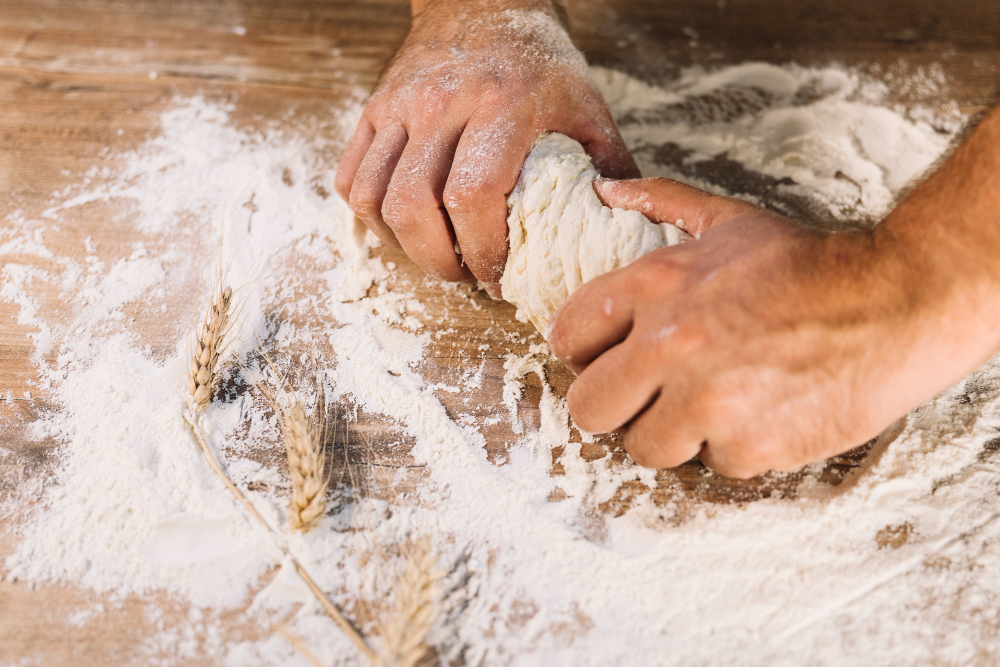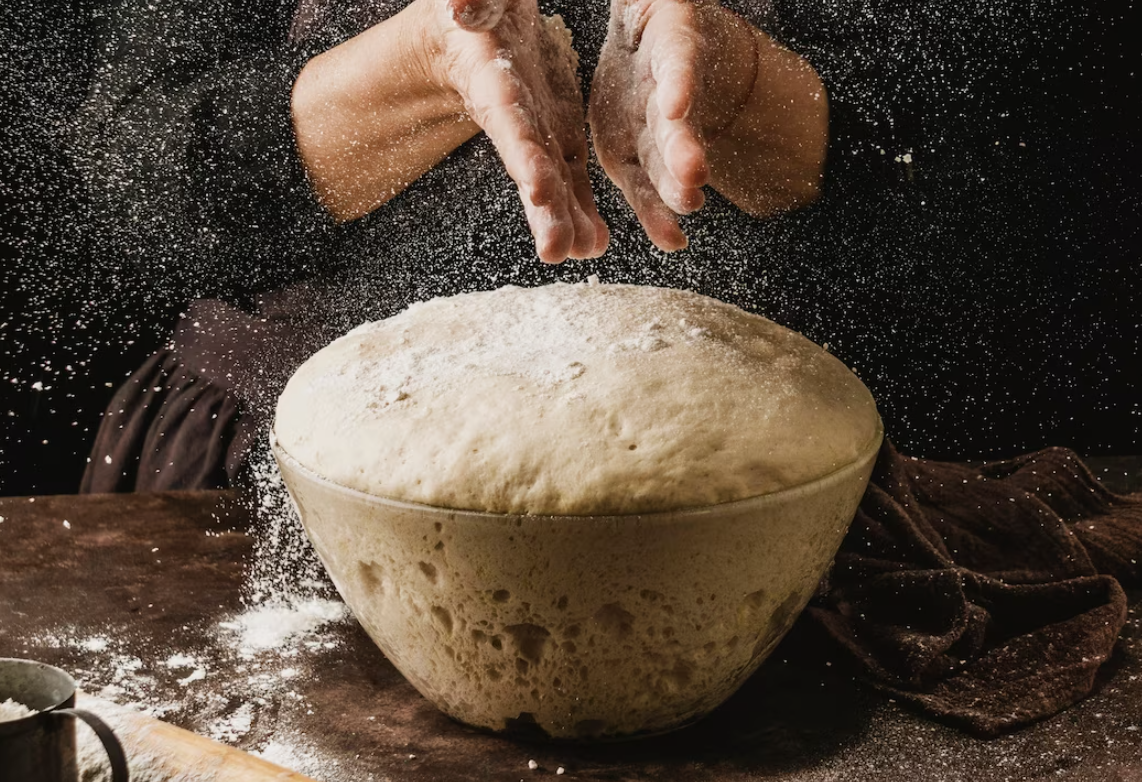Have you ever been excited to bake a pizza, only to find that it has big bubbles that let the toppings slide off?
Isn’t it a regret?
If pizza bubbles have ever popped (no pun meant) your culinary bubble, this article is for you.
The Science Behind Bubbles
Yeast Activity
Yeast, which is an important part of pizza dough, is what makes bubbles. When sugars are broken down by yeast, carbon dioxide gas is made. This is what causes the dough to rise and get light.
Fermentation Process
Gases are made when the dough ferments. When these gases can’t get out or spread out correctly, they build up into big bubbles. Ever wonder why some pizzas have perfect air pockets and others look like they’re growing blisters? You know now!
The Causes of Excessive Bubbles
Inconsistent Rolling
If you don’t roll out your dough evenly, thick spots can get air trapped in them. When this air gets hot, it goes boom! You’ve made a bubble for yourself.
Overproofing
Too much yeast can grow if you let your dough rise for too long. If you use too much gas, the bubbles will look like the top of Mount Everest.
Effective Methods to Prevent Bubbles
Proper Kneading

Kneading makes sure that the yeast is spread out evenly. This keeps those annoying gas buildups from happening. Don’t forget the golden rule: knead your dough until it is smooth and springy.
Docking the Dough
Have you ever seen a pizza base with tiny holes? It’s called “docking.” By making small holes in your dough before you bake it, you let the gas escape, which keeps the bubbles from getting too big.
Right Temperature
Make sure that your dough is rising at the right temperature. Too hot? Yeast will become very busy. Too chilly? It will go to sleep. A good place to aim for is around 75°F.
Baking Tips
- Use a Preheated Pizza Stone: Use a pizza stone that has already been heated. This makes sure the pizza bakes evenly and keeps bubbles from forming.
- Rotate Midway: If you turn your pizza halfway through baking, you can make sure it cooks evenly and avoid bubbles even more.
Addressing Already Formed Bubbles
Oops! Bubble warning! Don’t worry if you see a bubble when you’re baking. You can pop it with a fork to make it go flat. Problem solved!
Conclusion
It takes skill to bake the best pizza. But if you know how to do it, you can always get a base without bubbles. Remember that it’s all about knowing your dough and how it works. Who needs a pizza place when you have these tips? Your home is now the place to go for pizza.
Read More: Top 10 Pizza Making Tips
FAQs
Why do some pizzerias have bubbly crusts on purpose?
Some individuals really enjoy the way air pockets feel and look because it gives off a more natural and rustic vibe.
Can I use a rolling pin to remove bubbles?
Yes, but you must roll in a consistent manner to avoid pockets of trapped air.
Is there any advantage to having bubbles on my pizza?
It all depends on your personal taste. Some people really like the chewiness that they give the crust.
How long should I knead the dough to prevent bubbles?
In most cases, around seven to ten minutes, or until it is smooth and elastic.
What if my dough is too sticky?
Add some flour, but make sure it’s not too much. A thick texture can result from using too much flour.



